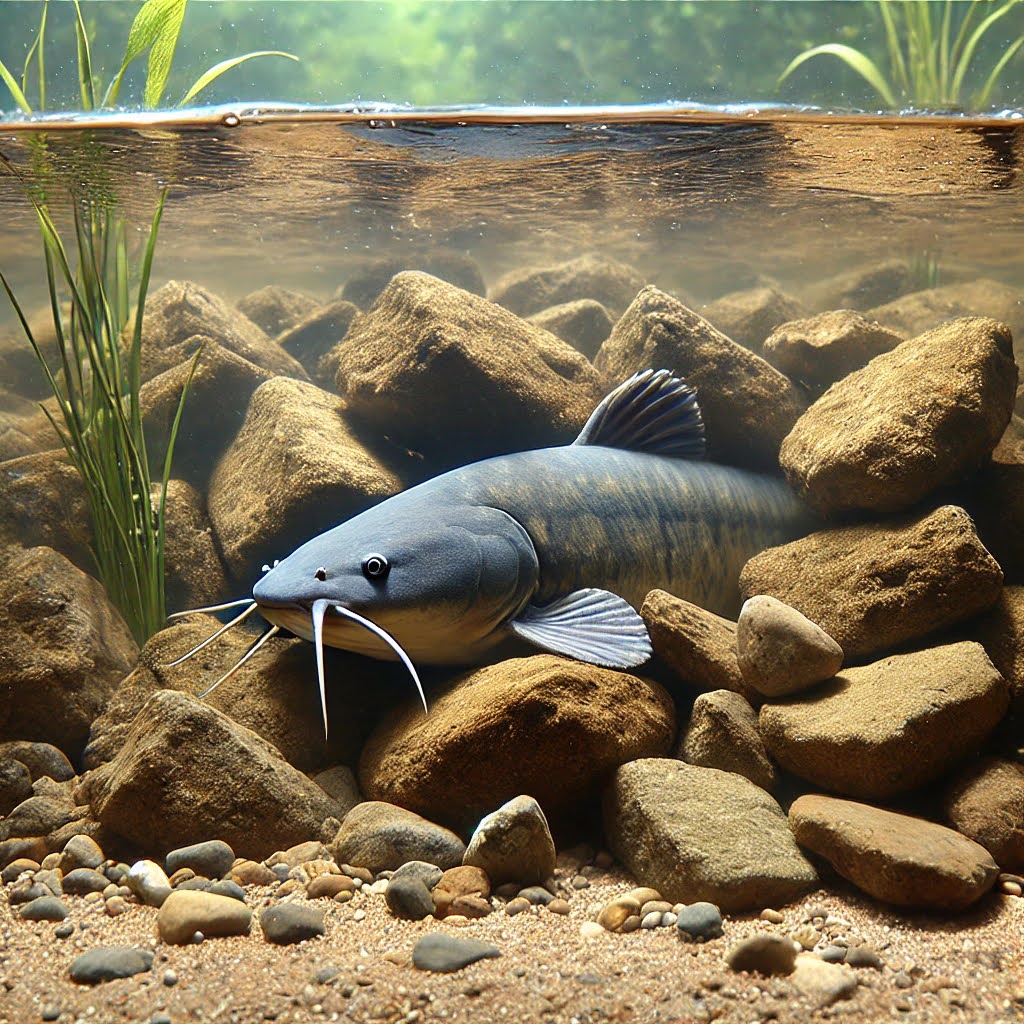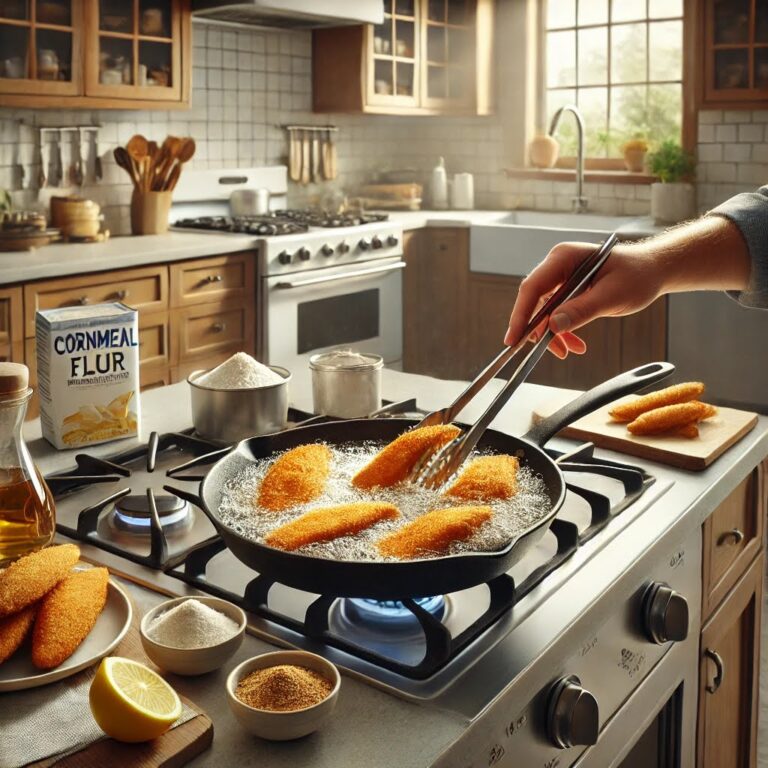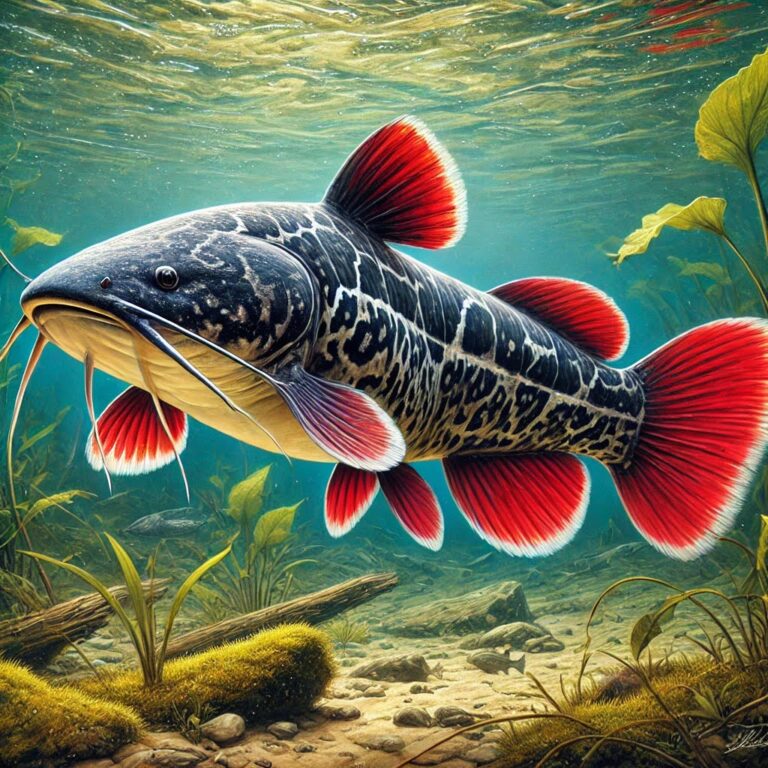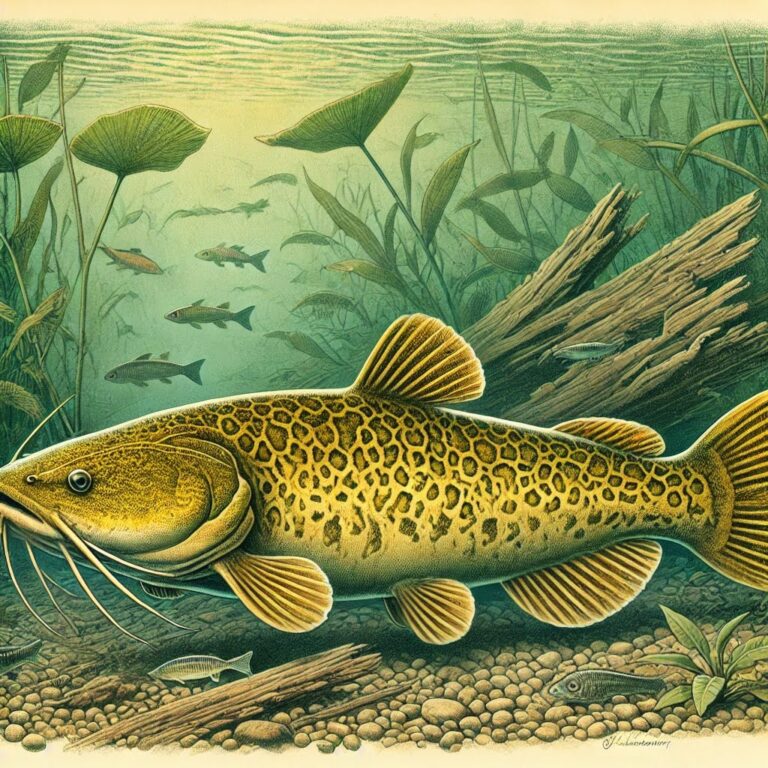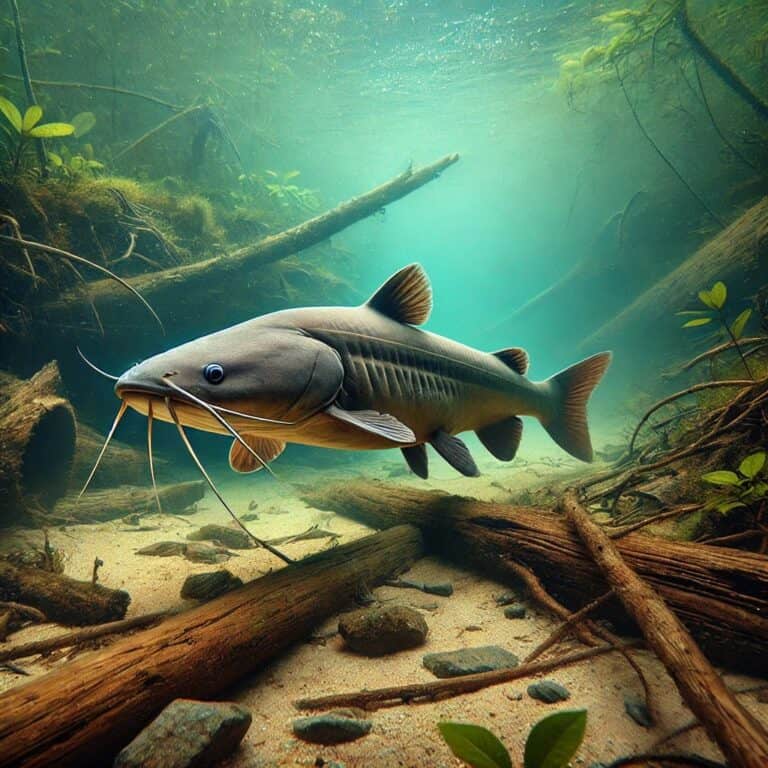Catching Catfish – The 5 Best Methods
Catfish are one of the most popular targets for anglers, known for their strong fight and delicious taste.
These bottom-dwelling fish can be found in various water bodies, from rivers and lakes to ponds and reservoirs.
To maximize your chances of success, it’s essential to understand the best methods for catching catfish.
This comprehensive guide covers the top five techniques, providing detailed instructions and tips to help you land more catfish.
Summary
- Bottom Fishing: A straightforward method that presents bait directly in the catfish’s feeding zone.
- Drift Fishing: Covers a large area of water, increasing the likelihood of encountering catfish.
- Jug Fishing: An effective and enjoyable method for catching catfish, particularly in lakes and slow-moving rivers.
- Trotlining: A traditional technique that allows you to catch multiple catfish at once.
- Bank Fishing with Slip Bobbers: An accessible method for shore anglers, offering precise depth control and natural bait presentation.
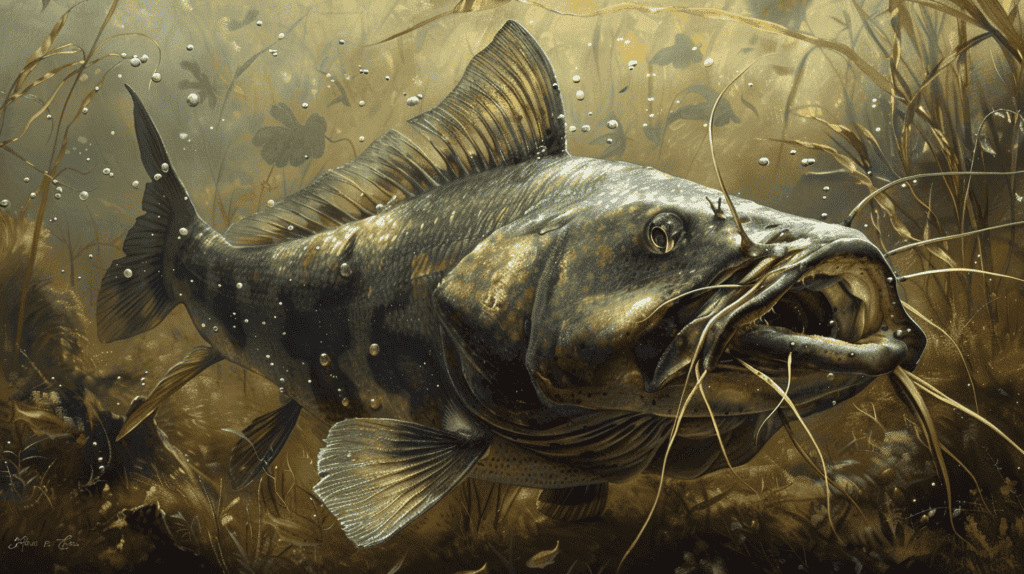
1. Bottom Fishing
Bottom fishing is one of the most effective and straightforward methods for catching catfish.
Since catfish are bottom feeders, this technique allows you to present your bait directly in their feeding zone.
Equipment and Setup:
- Rod and Reel: Use a medium to heavy-action rod paired with a robust reel capable of holding heavy lines.
- Line: Opt for a strong monofilament or braided line with a test strength of 20-50 pounds, depending on the size of catfish you’re targeting.
- Sinker: Attach a slip sinker or a no-roll sinker to keep your bait at the bottom.
- Hook: Use a size 2/0 to 8/0 circle or J-hook, depending on the bait size and the size of catfish in the area.
- Leader: Attach a 12-24 inch leader to your main line, ensuring it’s strong enough to handle the catfish’s sharp spines and abrasive mouth.
Bait:
- Live Bait: Nightcrawlers, minnows, shad, and bluegill are excellent choices.
- Cut Bait: Pieces of fish, particularly oily fish like shad or herring, are highly effective.
- Prepared Bait: Commercially available stink baits, dough baits, and dip baits are designed to attract catfish with their strong odor.
Technique:
- Cast and Wait: Cast your bait to a likely catfish spot, such as deep holes, drop-offs, or areas with submerged structures.
- Monitor the Line: Watch for subtle movements or twitches indicating a bite.
- Set the Hook: If using a circle hook, let the catfish take the bait and start to swim away before reeling in to set the hook. For J-hooks, a firm upward sweep of the rod will set the hook.
- Fight the Fish: Use steady pressure to reel in the catfish, avoiding sudden jerks that could pull the hook out.
Tips:
- Fish during low light conditions, such as early morning, late evening, or at night, when catfish are most active.
- Use strong-smelling baits to attract catfish from a distance.
2. Drift Fishing
Drift fishing is a versatile technique that allows you to cover a large area of water, increasing your chances of encountering catfish.
This method is particularly effective in reservoirs, lakes, and slow-moving rivers.
Equipment and Setup:
- Rod and Reel: Use a medium to heavy-action rod with a sturdy reel.
- Line: Choose a monofilament or braided line with a test strength of 20-50 pounds.
- Drift Rig: Set up a drift rig with a slip sinker, bead, swivel, leader, and hook. The sinker should be heavy enough to keep the bait near the bottom while drifting.
- Float: Attach a small float or bobber to keep the bait suspended just above the bottom.
Bait:
- Live Bait: Nightcrawlers, minnows, and shad work well.
- Cut Bait: Use chunks of fish, such as shad or herring.
- Prepared Bait: Stink baits, dough baits, and dip baits are also effective.
Technique:
- Identify Drifting Areas: Look for areas with varying depths, submerged structures, or changes in bottom composition.
- Drift and Cover Water: Cast your bait and allow the boat to drift with the wind or current, covering different areas.
- Monitor the Rod: Keep an eye on your rod tip for any signs of a bite.
- Set the Hook: Use the same hook-setting techniques as described in bottom fishing.
- Reel in the Fish: Apply steady pressure to bring in the catfish.
Tips:
- Vary the drift speed by adjusting the amount of line you let out or using a drift sock to slow the boat’s drift.
- Experiment with different bait depths to find where the catfish are feeding.
3. Jug Fishing
Jug fishing is a highly effective and enjoyable method for catching catfish, especially in lakes and slow-moving rivers.
This technique involves setting multiple floating jugs or bottles rigged with baited hooks.
Equipment and Setup:
- Jugs or Bottles: Use plastic jugs, bottles, or commercially available jug fishing rigs.
- Line: Attach 3-6 feet of heavy-duty fishing line to each jug.
- Hook: Use size 2/0 to 8/0 circle or J-hooks.
- Weight: Add a weight to keep the bait near the bottom or suspended at the desired depth.
Bait:
- Live Bait: Nightcrawlers, minnows, shad, and bluegill.
- Cut Bait: Pieces of oily fish like shad or herring.
- Prepared Bait: Stink baits, dough baits, and dip baits.
Technique:
- Set the Jugs: Bait the hooks and place the jugs in likely catfish areas, such as deep holes, drop-offs, or near submerged structures.
- Monitor the Jugs: Watch for jugs that move erratically or submerge, indicating a catfish has taken the bait.
- Retrieve the Jugs: Use a boat or wade out to the jugs and carefully bring them in.
- Set the Hook: If using circle hooks, the catfish will often set the hook themselves. For J-hooks, set the hook as you retrieve the jug.
- Land the Fish: Use a net to help land larger catfish.
Tips:
- Use brightly colored jugs to make them easier to spot.
- Fish during low light conditions for the best results.

4. Trotlining
Trotlining is a traditional and highly effective method for catching catfish.
This technique involves setting a long line with multiple baited hooks across a stretch of water.
Equipment and Setup:
- Main Line: Use a heavy-duty main line, such as nylon or braided line.
- Hooks: Attach multiple hooks (size 2/0 to 8/0) to the main line using dropper lines (snoods).
- Weights and Floats: Add weights to keep the main line near the bottom and floats to mark the ends.
- Anchors: Use anchors or weights to secure both ends of the trotline.
Bait:
- Live Bait: Nightcrawlers, minnows, shad, and bluegill.
- Cut Bait: Chunks of oily fish like shad or herring.
- Prepared Bait: Stink baits, dough baits, and dip baits.
Technique:
- Set the Trotline: Stretch the trotline across a likely catfish area, securing both ends with anchors or weights.
- Bait the Hooks: Attach bait to each hook on the dropper lines.
- Leave and Check: Leave the trotline set for a few hours or overnight. Check it periodically for caught catfish.
- Retrieve the Trotline: Carefully retrieve the trotline, removing any caught catfish.
- Reset the Line: Rebait the hooks and reset the trotline if desired.
Tips:
- Mark the location of the trotline with floats or buoys for easy retrieval.
- Check local regulations regarding the use of trotlines and the number of hooks allowed.
5. Bank Fishing with Slip Bobbers
Bank fishing with slip bobbers is an accessible and effective method for catching catfish from the shore.
Slip bobbers allow you to fish at varying depths and present your bait naturally.
Equipment and Setup:
- Rod and Reel: Use a medium to heavy-action rod with a strong reel.
- Line: Choose a monofilament or braided line with a test strength of 20-50 pounds.
- Slip Bobber: Attach a slip bobber to your line, followed by a bobber stop and bead.
- Sinker: Add a slip sinker to keep the bait near the bottom.
- Hook: Use size 2/0 to 8/0 circle or J-hooks.
- Leader: Attach a 12-24 inch leader to the main line.
Bait:
- Live Bait: Nightcrawlers, minnows, shad, and bluegill.
- Cut Bait: Pieces of oily fish like shad or herring.
- Prepared Bait: Stink baits, dough baits, and dip baits.
Technique:
- Set the Depth: Adjust the bobber stop to set the bait at the desired depth.
- Cast and Wait: Cast your bait to a likely catfish spot and watch the bobber for movement.
- Monitor the Bobber: Watch for the bobber to move, indicating a bite.
- Set the Hook: Use the same hook-setting techniques as described in bottom fishing.
- Reel in the Fish: Apply steady pressure to bring in the catfish.
Tips:
- Fish near structures, drop-offs, or deep holes where catfish are likely to be found.
- Adjust the depth of the bait to find where the catfish are feeding.
Conclusion
Each technique has its advantages and specific applications, allowing you to target catfish effectively in various environments.
Mastering these top five methods for catching catfish will significantly enhance your fishing experience.
By understanding and implementing these methods, you’ll increase your chances of success and enjoy the thrill of landing these hard-fighting fish.
You are now prepared for your next catfishing adventure. Happy fishing!

